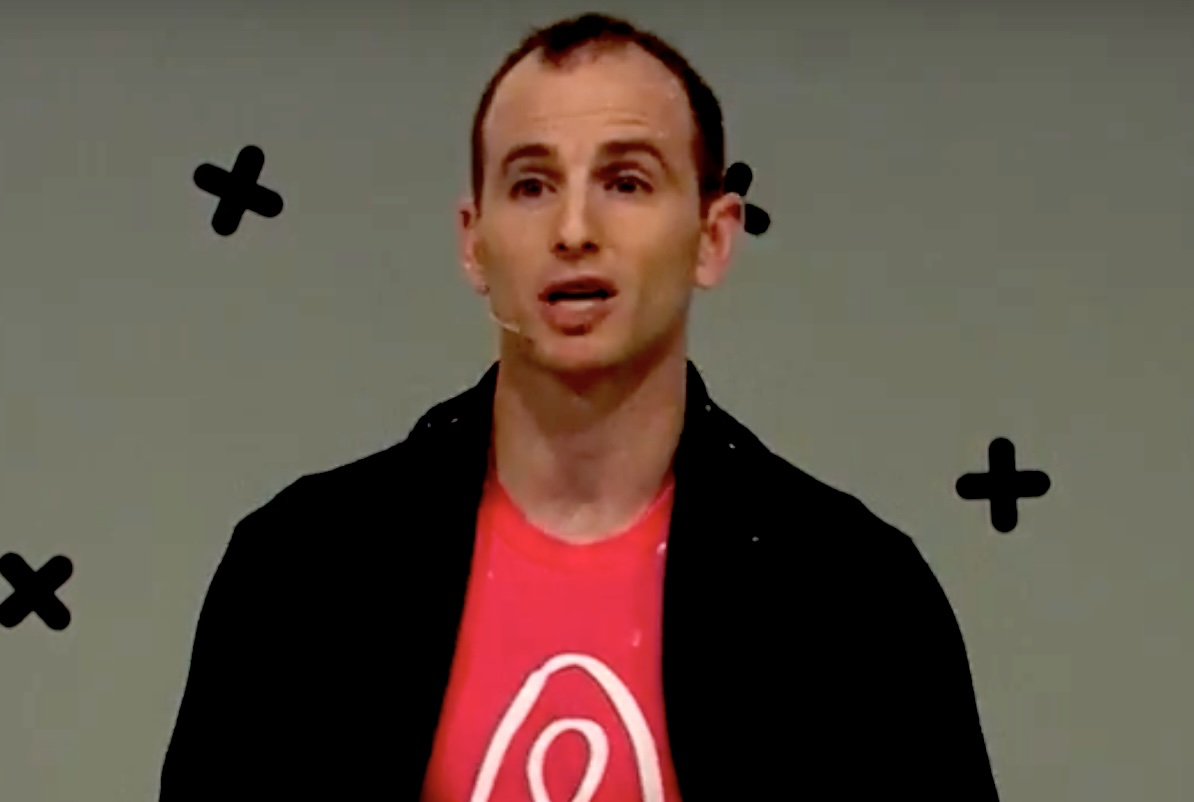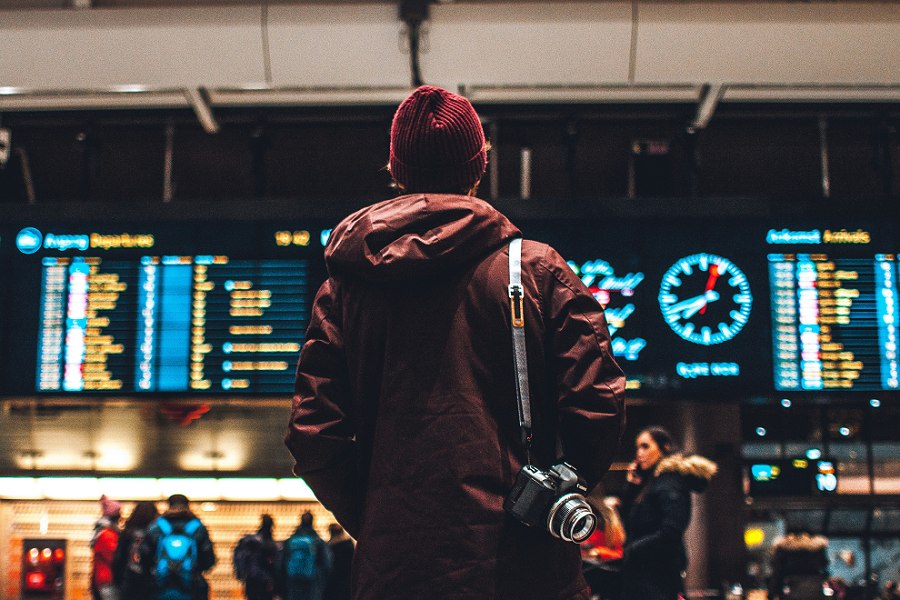The Bahamas Need Tourism at Center of Post-Dorian Recovery
Skift Take
Hurricane Dorian took its deadly toll on the Bahamas earlier this week and continued up the U.S. coast in a weakened state on Friday. The storm has left the islands of The Abacos and Grand Bahama destroyed, and will force an economy that relies on tourism for roughly 50 percent of of its gross domestic product to launch a mammoth recovery effort.
Following the strongest storm to ever strike the country since records began, the official death toll is 30 and is expected to rise to what the country's health minister warned could be "unimaginable" levels. As the storm made landfall at Cape Hatteras, North Carolina early Friday, the priority in The Abacos and Grand Bahama islands rightly remains search and rescue and getting essential services to those affected.
The Bahamas will seek extensive foreign government aid and it is urgently appealing for cash donations, with assistance coming from both the private and public sector. Cruise lines, hotels, and resorts have all set up funds or made donations. Recovery is likely to take years and could cost at least $7 billion.
But in the coming weeks and months, as the urgent human need turns to longer-term economic recovery, the Bahamas will necessarily have to focus its efforts on its $4.3 billion tourism industry. From large resorts to small businesses, the Bahamas is dependent on tourism to a degree that few other nations can rival — which is why officials are eager to encourage tourists not to cancel their visits.
The way the Bahamas goes about this recovery will not only be crucial to make sure the islands make a full recovery, but also to ensure the tourism industry is better equipped to deal with future storms. More unprecedented storms like Dorian — which hung over Grand Bahama for a stunning 40 hours in what was described as an "extreme stalling event" — are, unfortunately, likely to continue in the future.
Please Visit
One of the biggest challenges in the wake of any natural disaster for tourism economies is convincing travelers they should still come visit. In a storm as severe as Dorian — which has dominated the headlines for days during and after — that's particularly the case, as travelers can be more influenced by headlines than the situation on the ground.
The Bahamas Ministry of Tourism and Aviation is urging "travelers to keep and pursue their vacations to the islands that were not affected and remain open." These include the capital of Nassau and neighboring Paradise Island, as well as Eleuthera, Harbour Island, Andros, Bimini, and The Berry Islands in the northwest. In the southeastern and central Bahamas, The Exumas, Cat Island, San Salvador, Rum Cay, Long Island, Acklins/Crooked Island, Mayaguana, and Inagua all remain unaffected.
Airports in Grand Bahama and Abaco remain closed until further notice. But the ministry is reporting all other major airports — including Lynden Pindling International Airport (LPIA) in Nassau, South Bimini Airport (BIM), North Eleuthera Airport (ELH) are open and airports in Exuma and Long Island — are operational. In addition, ports in Naussau are open and cruises are arriving daily.
Even as it assists the government's relief efforts, the ministry told Skift in an email that it is also focusing on educating travelers that it's still okay to visit safe areas.
"The Bahamas is an archipelago with more than 700 islands and cays, spread over 100,000 square miles. The Bahamas is fortunate that the majority of the islands were not harmed and remain open, ready to welcome visitors. Now more than ever it is important to continue to educate travelers that there are so many islands in The Bahamas that travelers can visit, and it is one of the best ways to help the Bahamas tourism remain strong."
For Hotels, It Could Have Been Worse
Fortunately, the challenge faced by the hotel industry post-Dorian could be worse. By avoiding major damage outside of The Abacos and Grand Bahama islands, roughly 85 percent of the country’s 17,500 hotel rooms remain online, and did not require emergency evacuations, real estate investment advisory firm Resort Capital Partners told multiple media outlets this week.
This news, however, is not public knowledge to all travelers, who are now likely to avoid the Bahamas as a tourist destination, experts said. Hurricane Dorian spared popular hotels like The Baha Mar Resort, which includes Grand Hyatt, SLS, and Rosewood properties, as well as Atlantis Paradise Island, Bloomberg reported.
“At this stage, it is probably too early to say the impact on the Bahamas tourist infrastructure. However, based on past experiences of Puerto Rico, there is often a reluctance of tourists to travel and, perhaps most importantly, for cruise ships to dock when there is still a cleanup operation in place," Richard Clarke, senior analyst at AB Bernstein, told Skift. “Puerto Rico was still not back to prior [tourism] levels 18 months after Hurricane Maria hit it.”
There is no telling when hotels in The Abacos and Grand Bahama islands will reopen. Basic services on the islands, such as public transportation, fresh water and power for hotels to operate, are also not fully up and running,
“We don’t know yet when we will re-open,” said a Wyndham Hotels spokesperson about it its Freeport, Grand Bahama Viva Wyndham Fortuna Beach all-Inclusive Resort. “We have damage on the property and are still evaluating."
Ocean Reef Yacht Club & Resort, located on the southern cost of Freeport, suffered minimal damage in the range of $20,000 to $30,000 due to Hurricane Dorian, the hotel said in an email. The real damage for the hotel comes from the loss of business until the airport reopens.
"We are on the south side and got minimal damages and are ready to receive guests in three weeks when the airport opens and we get power and water," a spokesperson said.
For those hotels south of the Grand Bahama and The Abacos islands, there is plenty of opportunity to benefit from competitors’ misfortune, Clarke and fellow analyst Harry Martin wrote in a research note.
“Clearly given the sensitivities around casualties and property damage, hotel companies won't often talk about it, but as people often need to be rehoused and aid workers need somewhere to stay, hotels tend to be positively impacted by hurricanes,” the note said.
Following Hurricanes Harvey and Irma in 2017, Florida and Texas were able to report double-digit revenue per available room (RevPAR) growth for consecutive months, according to the analyst firm. InterContinental Hotels, a major midscale operator of hotel brands including Holiday Inn in both states, saw U.S. RevPAR increase from a 0.4 percent drop through July 1 to a 3 percent jump at the end of the year.
Before Hurricane Dorian hit, the average occupancy rate for the Bahamas’ 116 hotels was 74 percent through July 2019, compared to 62 percent in the same period a year ago, according to STR data cited by Bloomberg. Revenue per available room for the country was up 27 percent to $231 through the first half of this year.
Learning from Puerto Rico
As the Bahamas looks to craft a recovery centered on resilience, they could benefit from some of the lessons learned from their Caribbean neighbor, Puerto Rico. The island was narrowly spared by Dorian just days before it hit the Bahamas. However the recovery from Hurricane Maria, which hit the island just shy of two years ago, is not only fresh in the minds of most Puerto Ricans, but still ongoing.
In the wake of the storm, Foundation Puerto Rico — which was founded in 2011 to promote sustainable development of the economy — launched the Bottom Up Destination Recovery Initiative. The purpose was to use the visitor economy as the main economic strategy from which to advance the island's recovery efforts and boost resiliency for future storms.
"Our slogan after Maria was 'there's no future in rebuilding the past,'" said Alma Frontera, director of strategic project and alliances for Foundation Puerto Rico. "We wanted to make sure that this was not just a one-time effort, or a bandage to cover up initial damages, but that anything that could get done by us would actually be a long-term plan."
In the wake of the storm, the foundation focused its efforts on key infrastructure projects that were lacking even before the storm, including telecoms, clean water, and solar energy. It also centered its recovery strategy around small businesses in heavly touristed areas. The Federal Emergency Management Agency estimates that 40 to 60 percent of small businesses fail within a year of a natural disaster. Since much of the visitor economy is fueled by such businesses, Frontera said they were prioritized with cash grants and technical training and coaching.
"We had business owners telling us 'look I can't afford to get a new loan, but if I could I don't even know if I'm going to be able to stay open.' So with our small business cash grant program we ... started identifying clusters of businesses that were crucial for our visitor economy and in key touristed areas. This means they were part of the community, providing employment and services too."
Foundation Puerto Rico says full recovery from a storm such as Dorian or Maria can take a decade, with multiple stages of recovery. While the Bahamas is in its earliest, most acute stage right now, its economic dependence on tourism will mean rebuilding the sector soon will be key for long term recovery. Getting visitors back as soon as possible, Frontera says, is essential.
To would-be tourists, her message is clear: "Visit. If you have a trip booked and the destinations are saying go, you should go."
Disclosure: Skift founder and CEO Rafat Ali serves on the 25-member advisory board to Destination Puerto Rico, as part of Skift Foundation‘s commitment to helping Puerto Rico in its tourism recovery.
Update: This story has been updated with quotes from hoteliers operating in the Bahamas.




